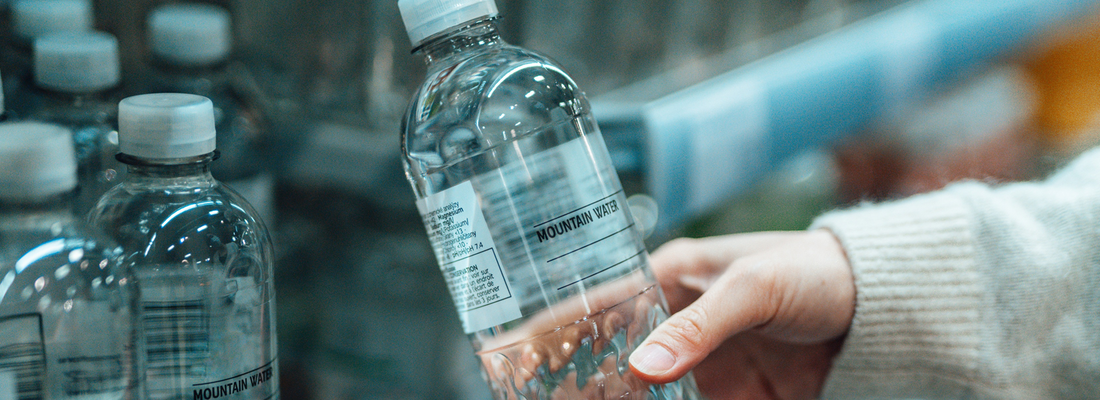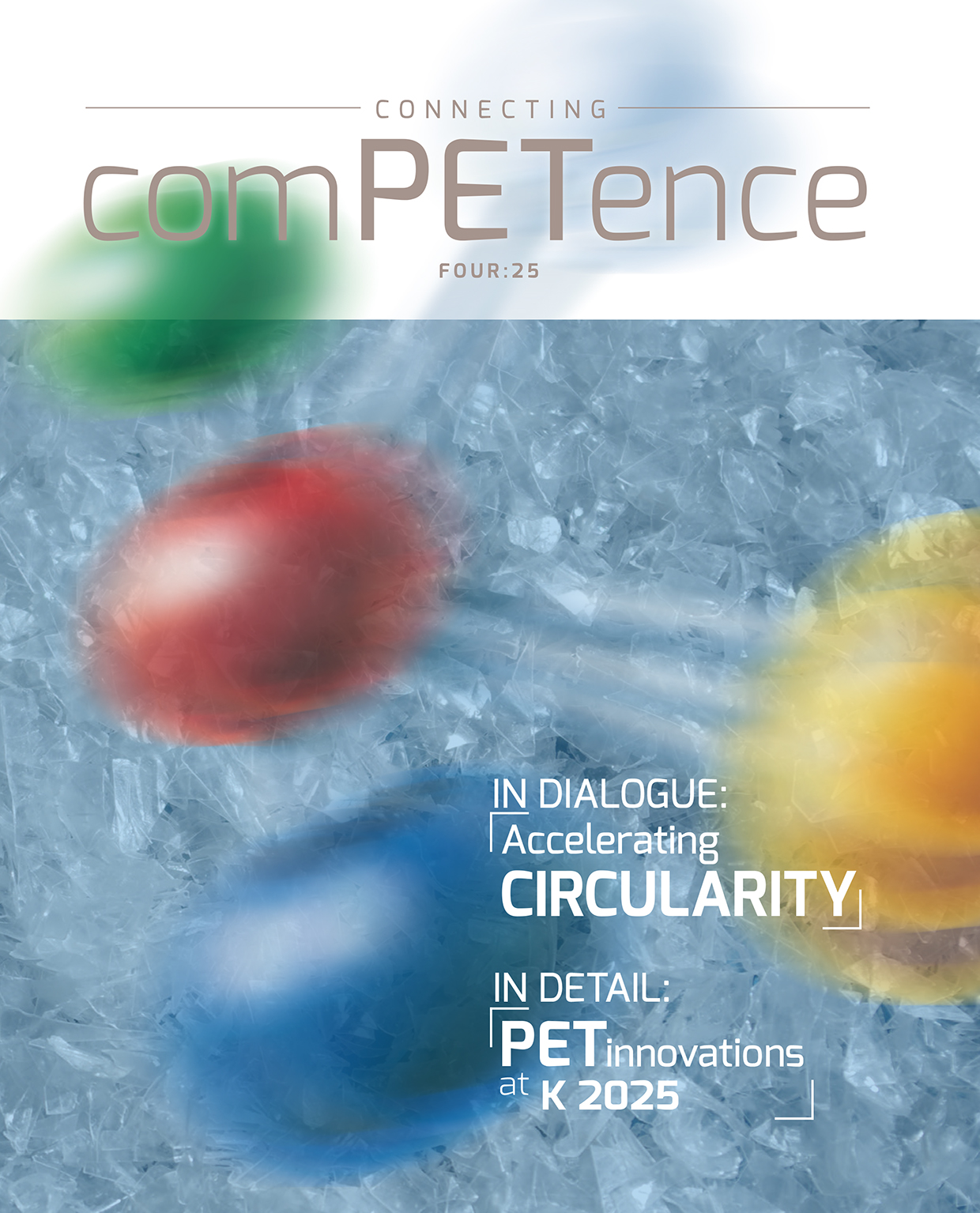Lightweight, robust, and crystal-clear: PET bottles are an indispensable part of the beverage industry. Used millions of times, they keep carbonated beverages sparkling, water fresh, and juices aromatic. A key component of their recipe for success: PET is one of the few plastics that can be recycled almost infinitely – if all components cooperate. The adhesive that holds the label to the bottle is crucial to the quality of the recycled material. Anything that doesn't dissolve during the recycling process leaves residue on the PET flakes. Henkel's new hot melt adhesive, Technomelt EM 335 RE, enables clean separation.
Against the backdrop of regulatory requirements, PET is becoming an increasingly important raw material. According to the proposed EU Packaging and Packaging Waste Regulation (PPWR), PET bottles must be designed so that they can easily be recycled. At the same time, binding specifications for the use of recycled material apply. Starting in 2025, single-use PET bottles must contain a minimum of 25 percent recycled material, increasing to 30 percent by 2030. However, the current reality lags with this potential. While over 60 percent of PET bottles are collected in Europe, the PET value chain could return over 11 billion additional bottles to the recycling cycle annually. Residues that render the material unusable often stand in the way of effective recycling.
Conventional hot melt adhesives, which are commonly used for PET bottle labeling, are difficult to remove during the recycling process. Even in the hot caustic soda bath, which is part of the standard processing procedure, only 12 to 30 percent of the adhesive typically dissolves. The result is contaminated PET flakes that impair the quality of the recycled product due to cloudiness and yellowing. These flakes are also no longer suitable for applications such as food packaging due to their reduced barrier properties.






